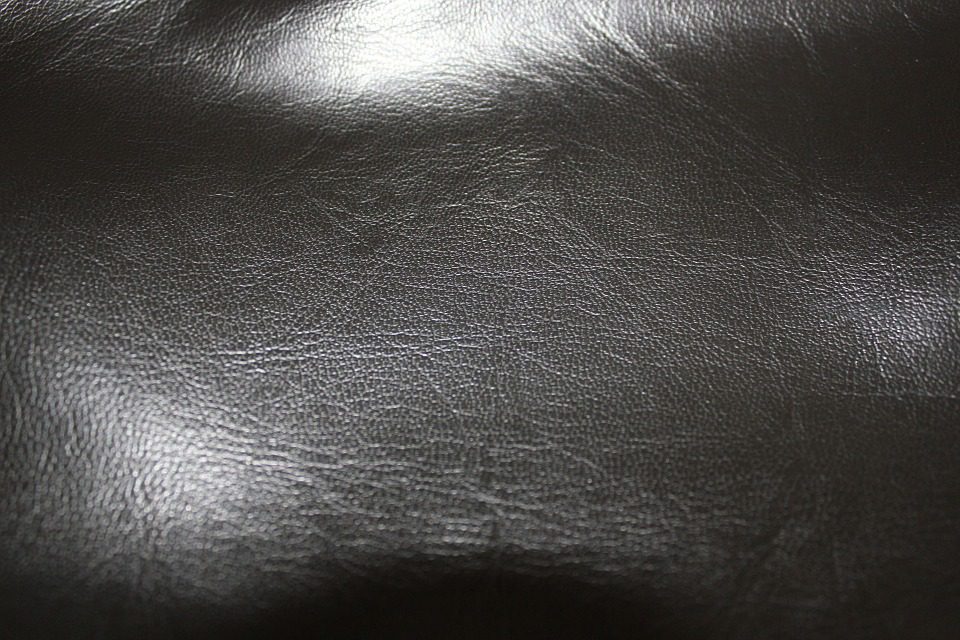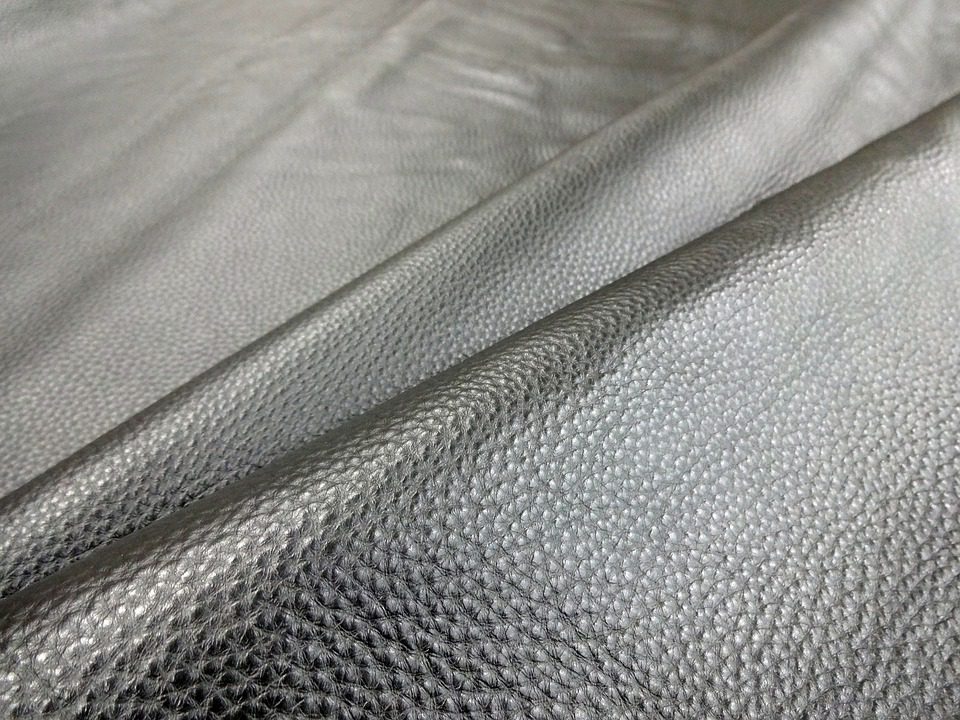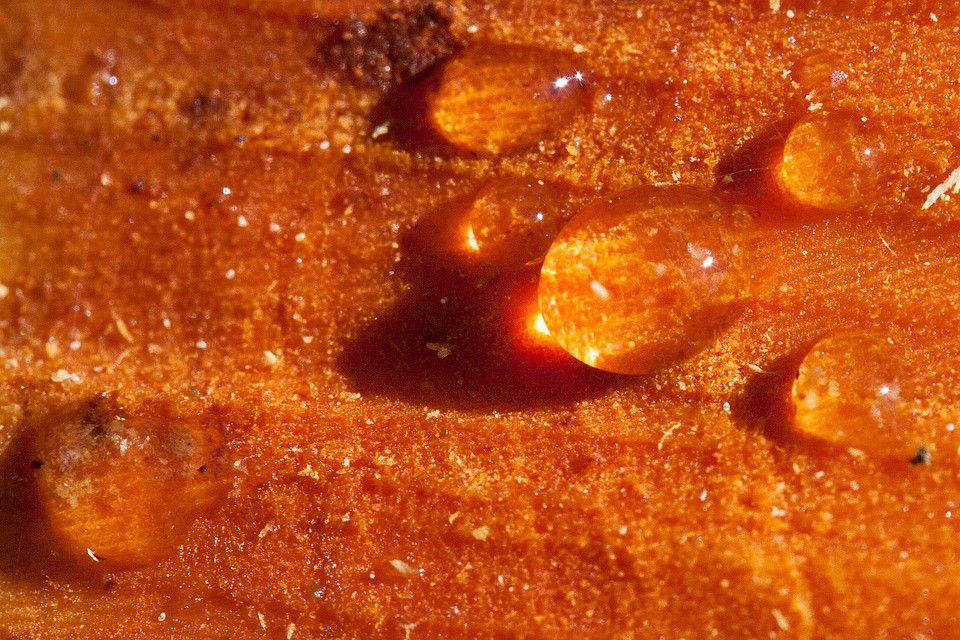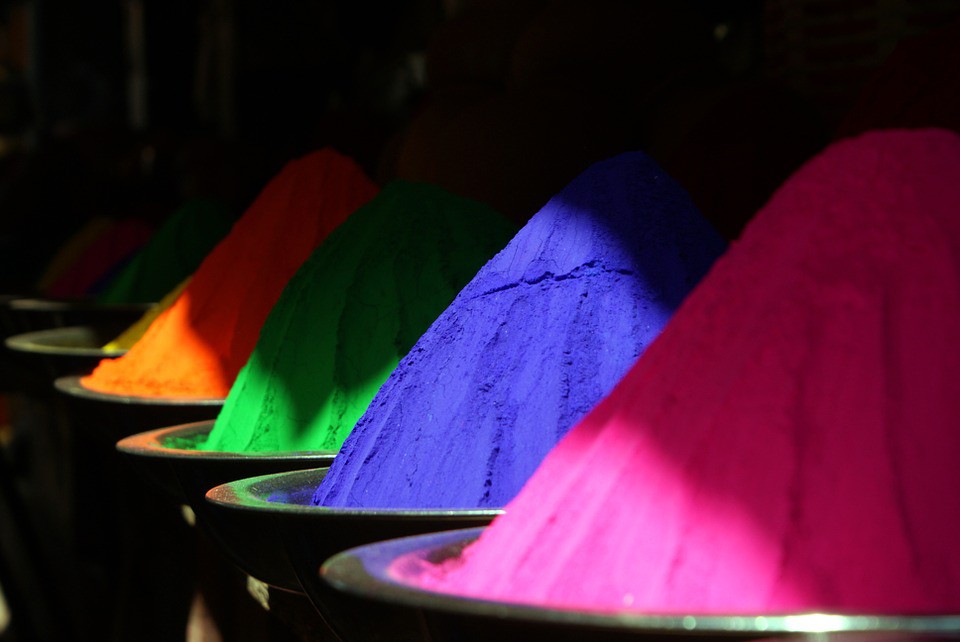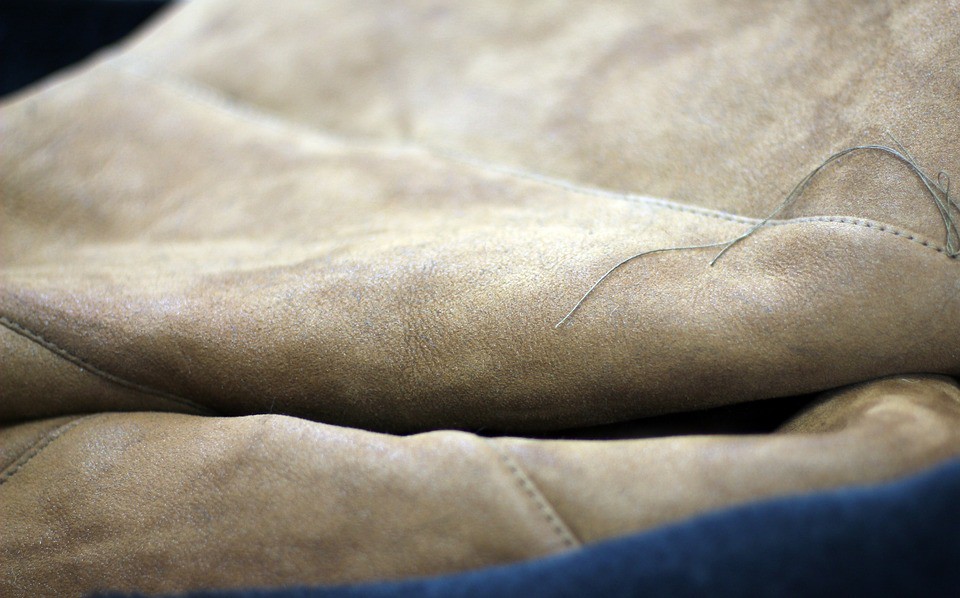What are the peculiarities of oil?
Leather tanning oil is a product used to confer special qualities to leather, and it is fundamental in the process of leather finishing.
In order to understand why oil is so important in leather finishing, you only need to think about the peculiarities of oil in general and about its functions: oil, indeed, has the capacity to make any surface smoother and brighter. We might say that also tanning oils are used for these reasons, but let’s have a deeper look at oils used in leather industry!



